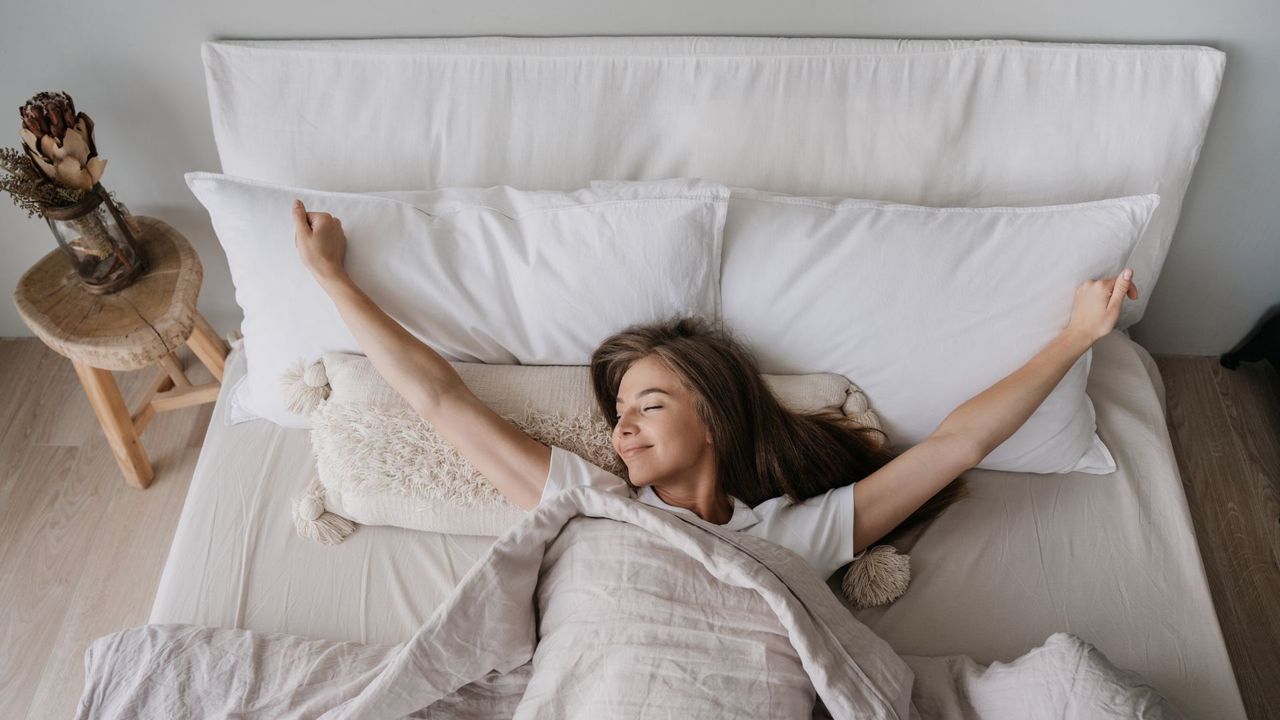Interest in effective sleep aids is rising, with many seeking alternatives to pharmaceuticals. Recent discussions have highlighted the potential benefits of acupressure, a traditional Chinese medicine practice, in improving sleep. This technique applies pressure to specific points on the body to enhance relaxation and promote better sleep quality.
Acupressure involves applying firm yet gentle pressure to various acupoints on the body, which are believed to stimulate energy flow and promote overall well-being. According to registered acupuncturist Lily Lai, this method is non-invasive and can be practiced at home. She explains, “Pressure is applied in a variety of ways – most commonly finger pressure is used as well as tools.”
Dr. Haley Parker, a Doctor of Oriental Medicine and the Director of Clinical Operations at Virginia University of Integrative Medicine, elaborates that acupressure targets specific points along the body’s meridians, which correspond to various organs and systems. The goal is to restore balance and promote healing while alleviating tension.
Scientific Backing for Acupressure and Sleep Improvement
Research supports the effectiveness of acupressure for enhancing sleep quality. A systematic review indicated that acupressure significantly improved sleep parameters among hospital patients, including sleep efficiency and total sleep time. Furthermore, studies suggest that this technique can be especially beneficial for older adults and individuals experiencing insomnia.
Dr. Parker highlights a review of studies that confirms acupressure’s positive effects on sleep quality in older adults. These findings are consistent with a growing body of evidence suggesting that this ancient practice can be a valuable tool in addressing sleep disturbances.
Acupressure works by stimulating specific pressure points on the body. For instance, the “Shenmen” point, located on the wrist crease, is often used to counter insomnia and anxiety. Another key point, “Yintang,” situated between the eyebrows, is known for its calming effects and ability to support melatonin production.
Benefits of Acupressure for Sleep
The application of acupressure can offer several benefits for those struggling with sleep issues.
Firstly, it eases physical tension and calms the nervous system. Lai notes that stress and anxiety are common culprits of sleeplessness. A systematic review has shown that acupressure can significantly reduce anxiety levels, further contributing to improved sleep quality.
Secondly, acupressure can combat insomnia. A study involving 200 participants demonstrated that those who practiced self-administered acupressure reported improved scores on the Insomnia Severity Index compared to those who received only sleep hygiene education. Another review indicated that auricular acupressure, which focuses on pressure points in the ear, is as effective as certain medications for treating insomnia.
Additionally, hormonal changes can impact sleep, particularly during menopause. Studies have revealed that acupressure can improve sleep quality for menopausal women, with one trial indicating a 22% improvement in sleep quality through targeted pressure point massage. The research suggests that acupressure may help regulate hormones affecting sleep and alleviate related symptoms such as hot flashes.
Practicing Acupressure at Home
For those interested in exploring acupressure, several simple techniques can be practiced at home. Dr. Parker recommends applying gentle, circular pressure to key points such as HT7 on the wrist and SP6 on the inner leg, ideally in the evening before bed.
Acupressure mats, like the Shakti mat, have gained popularity for their ability to stimulate multiple points along the back and shoulders. Spending 10-20 minutes on such a mat may help reduce muscular tension and activate the body’s relaxation response.
Lai advises utilizing acupressure wristbands to stimulate the Nei Guan point, commonly used for nausea but also effective for stress and sleep issues. This point is located between the two tendons on the inner aspect of the forearm, three finger widths below the wrist crease.
While acupressure is generally safe, it is essential to consult a healthcare professional if one has existing medical conditions or is experiencing persistent pain. Both Lai and Dr. Parker emphasize that acupressure should complement traditional medical care rather than replace it.
In conclusion, acupressure offers a promising avenue for enhancing sleep quality, supported by a growing body of research. As interest in holistic health approaches continues to rise, this ancient technique may provide relief for those struggling with sleep disturbances.
